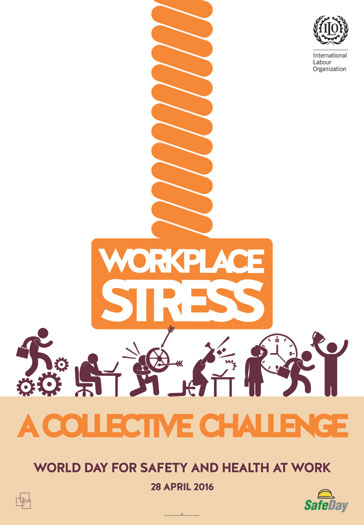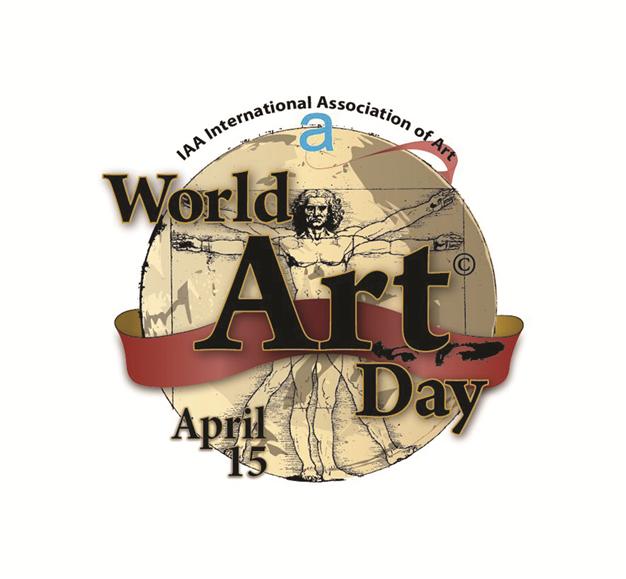We are all familiar with the Ads section of the newspaper, the special area of ‘Job description’. Many people looking for employment will consult this regularly.


Today gospel (6th Sunday of Easter C, Jn.14:23-29) gives us, somehow, a job description of… the Holy Spirit! This expression may seem irreverent when speaking of God’s Spirit, so let us say that this text tells us what is the special role of the Holy Spirit, what is his function in our lives.
But our human words are all deficient when speaking about God – the Holy Spirit does NOT play a role, nor does he have functions!
We could say more appropriately that this Gospel text shows us what the Holy Spirit wants to be for us, what kind of relationship he wants to have with us. And it is Jesus himself who tells us in very clear words:
“The Advocate, the Holy Spirit,
whom the Father will send in my name,
will teach you everything
and remind you of all I have said to you.”
First, the Holy Spirit comes to us from the Father and he comes in the name of Jesus, to continue doing what Jesus has started doing in us and for us.
If any of us had to appear in court for a serious matter, we would want very much to have a good lawyer who would plead in our favour – someone who is ‘for us’. Well, the Holy Spirit is precisely this: our ‘Advocate’, someone who is literally ‘for us’ – someone who can defend us, even against ourselves!
He is also our Teacher, ready to teach us “everything” says Jesus – everything we need to know, everything we want to know about God, about ourselves, about life, about what God wants for us and from us. And, as we may be inclined to forget some things, he will remind us of ‘all’ that Jesus has said.
The gospel is so simple a message, so strong a promise, so wonderful a presence, why on earth do we not believe it?!

 This year, “Workplace Stress: a collective challenge” is the theme of the campaign of the World Day for Safety and Health at Work. The report will draw attention to current global trends on work-related stress and its impact.
This year, “Workplace Stress: a collective challenge” is the theme of the campaign of the World Day for Safety and Health at Work. The report will draw attention to current global trends on work-related stress and its impact.
 It may happen to you as it sometimes happens to me: we read a text and… suddenly we are ‘hooked’ on a sentence, our attention is completely taken up by a few words. The meaning of the whole text remains in the background, we focus on the few words that have struck us.
It may happen to you as it sometimes happens to me: we read a text and… suddenly we are ‘hooked’ on a sentence, our attention is completely taken up by a few words. The meaning of the whole text remains in the background, we focus on the few words that have struck us.
 whose birthday falls on the same date.
whose birthday falls on the same date.

 Many of us like to have some pictures in our missal or our Bible; this makes it easy for us to find a special text or a reference we often come back to. The pictures may have been there for months, even years and… we do not pay much attention to them any longer. We may not notice anymore what the picture represents, at least many of the details do not retain our attention. They are printed papers…
Many of us like to have some pictures in our missal or our Bible; this makes it easy for us to find a special text or a reference we often come back to. The pictures may have been there for months, even years and… we do not pay much attention to them any longer. We may not notice anymore what the picture represents, at least many of the details do not retain our attention. They are printed papers… The IAA (International Association of Art) designated April 15 as World Art Day with the intention that it will be a day for all artists and art lovers in the world to celebrate, not only members of IAA. The idea is to create a day to emphasize the importance of art in the lives of everyone, of all ages and races. Every gallery, museum, art center, university and artist are free to organize their own activities.
The IAA (International Association of Art) designated April 15 as World Art Day with the intention that it will be a day for all artists and art lovers in the world to celebrate, not only members of IAA. The idea is to create a day to emphasize the importance of art in the lives of everyone, of all ages and races. Every gallery, museum, art center, university and artist are free to organize their own activities.